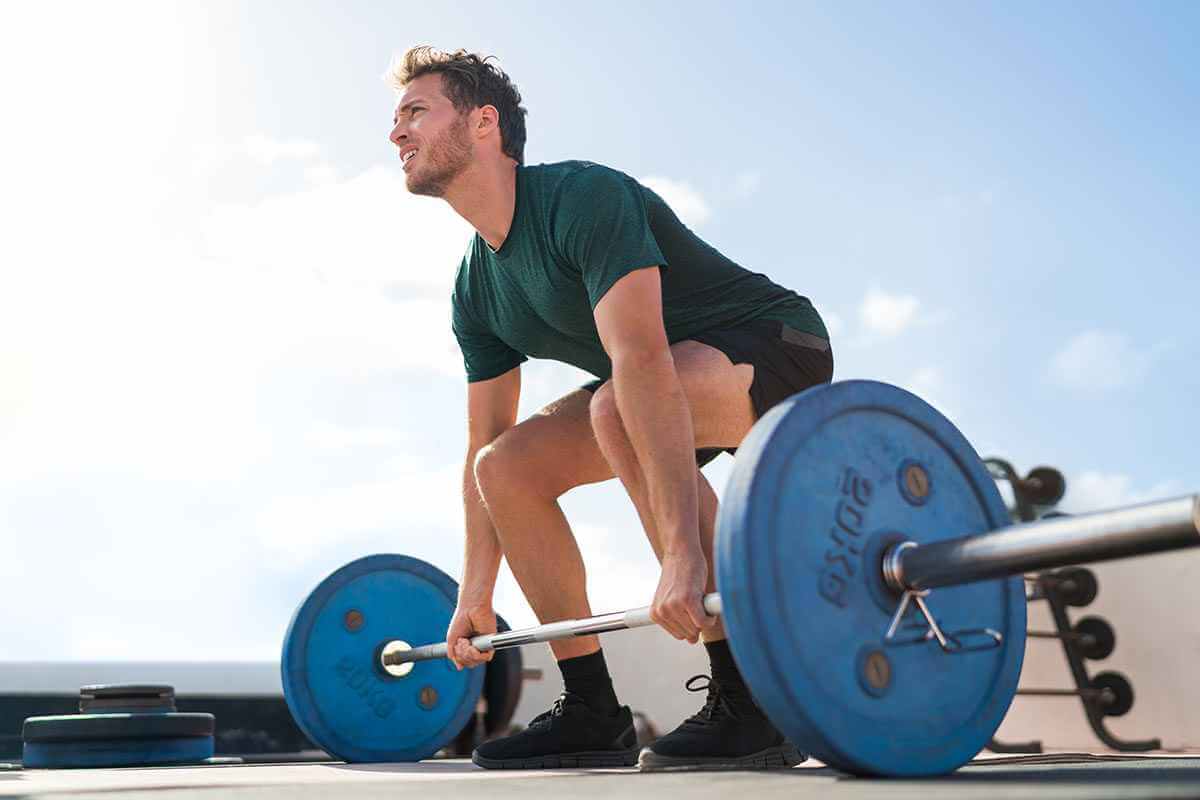
The impact of a strong lower back
Exercising for as little as 20-30 minutes a day can give you a strong lower back – it loosens up tense muscles and relieves pain in your lower back. This’ll help you sleep better, have more energy throughout the day and have higher physical resilience.
A strong lower back can also have a positive effect on your mind and mood, as you don’t have to worry about back aches and pains. If you suffer from depression, anxiety, stress, trauma, ADHD (attention deficit hyperactivity disorder), or PTSD (post-traumatic stress disorder), the ‘feel good’ chemicals released from exercising and a pain-free lower back can help you feel better, as well as focus and concentrate.
What’s more, if you have a flexible lower back you can prevent back pain and injury and other posture problems in the future. By increasing the flexibility of your lower back with exercise such as back stretches or gentle twists, the amount of weight and pressure that your vertebra has to endure is reduced.
Exercise will also increase muscle strength in your lower back. With a flexible and strong lower back, you’ll be able to stretch and bend without injuring your bones, joints, or ligaments.
If you have lower back pain you should perform lower back exercise proactively to protect yourself from further pain. This means performing the exercises at your own comfort level and pace. You could do just one or two stretches at the start and then do more when your pain subsides.
As you carefully recondition your body into a healthier state to achieve less pain, you will find that your back pain will be easier to manage. That said, it’s always best to consult your GP or a specialist before attempting any exercise for lower back pain.
There are many exercises you can do to make your lower back stronger and more flexible, but only do them under the supervision of a certified physical fitness trainer.
Anatomy of your lower back
The more you understand about the anatomy of your lower back and the types of problems that can occur, the better you can communicate with the fitness trainer who treats your lower back pain.
The lower back (lumbar region of the spine) is located between the upper back (thoracic region), and the sacrum (sacral region), as highlighted below.
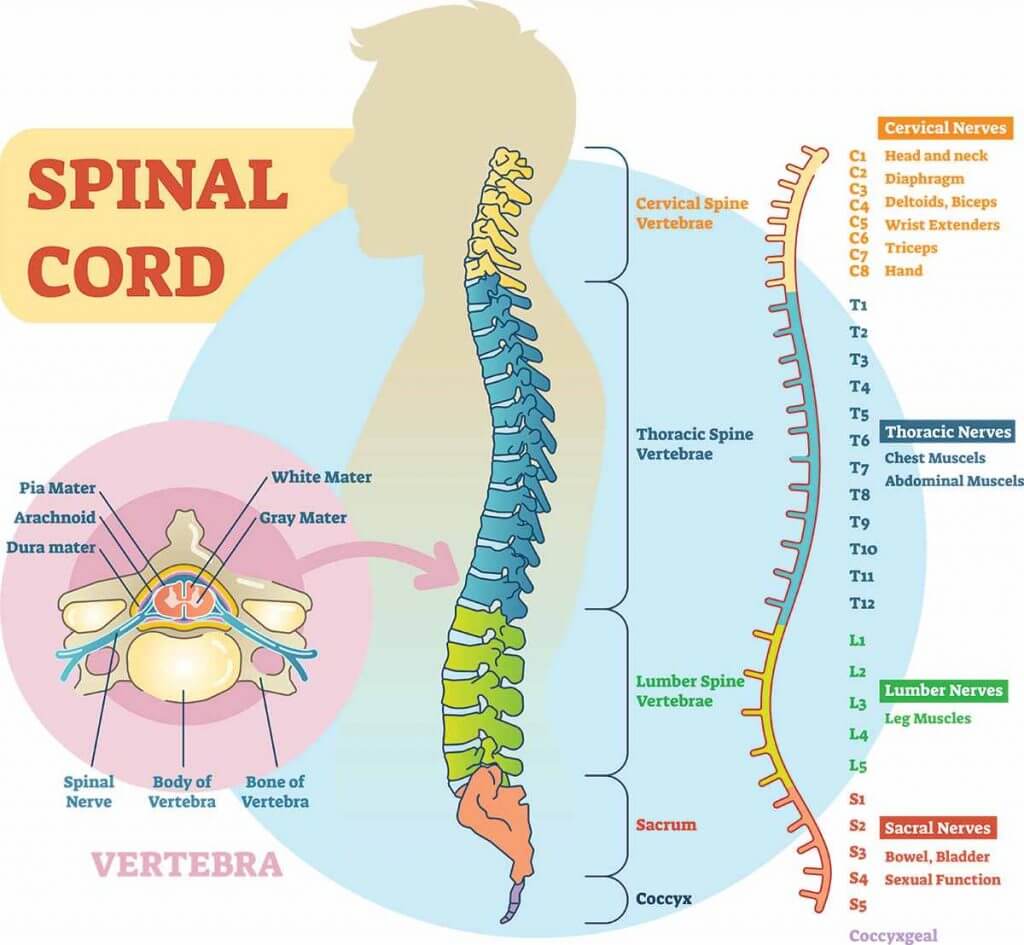
There are five vertebrae, or five motion segments, in your lower back and each one is separated by a disc. The lower back curves slightly inward – this curve is known as lordosis.
The L4 and L5 segments of your lower back carry the most body weight and move more than segments L1, L2, and L3. This makes these two segments more prone to injury and pain.
When compared with the other regions of the spine, the lumbar region:
- Moves the most
- Carries the most weight (so it’s the biggest and strongest vertebrae in your body)
- Has the least structural support (it has no supporting rib cage).
This means the discs in your lower back (especially for the L4 and L5 segments) are more likely to herniate or degenerate. This is due to the increased weight and pressure on the lumbar vertebrae. It can cause lower back pain, or sciatica – pain that radiates down the sciatic nerve into your legs and feet.
There are also large muscles in your lower back that support your spine and allow you to twist and bend in a variety of movements. If these muscles are strained, it can give you severe lower back pain.
Moreover, along with the sacrum and the coccyx (tailbone), your lower back:
- Provides flexibility to the torso
- Supports the torso’s muscles
- Protects the spinal cord and spinal nerves of your back.
4 Lower back exercises you should be doing
Here are some exercises you can do to make your back stronger and help relieve and prevent lower back pain.
1. Good Mornings
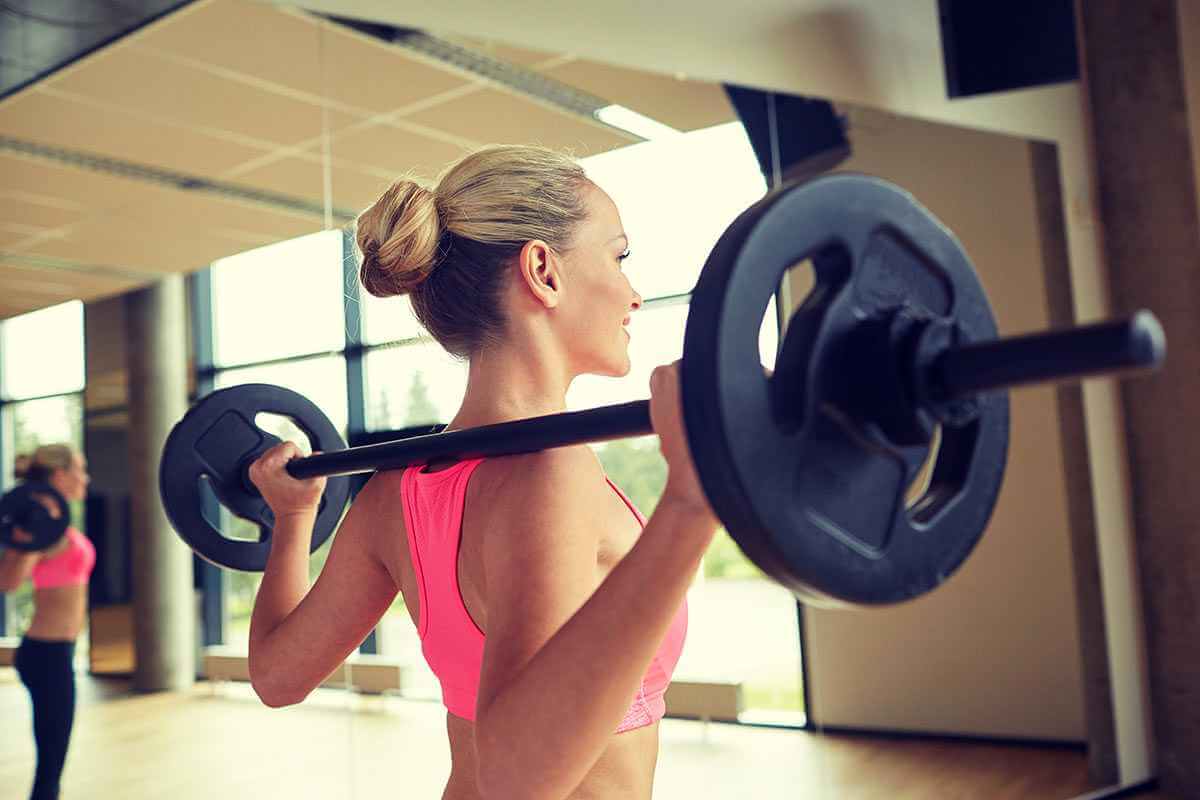
This exercise is great for beginners to start building lower back strength. Place the barbell on the back of your shoulders and hold with both hands with a shoulder-width stance. Bend at the hips and lower your torso while keeping your back straight until you are parallel with the floor. Reverse the motion until you are in the original position.
2. Back extensions
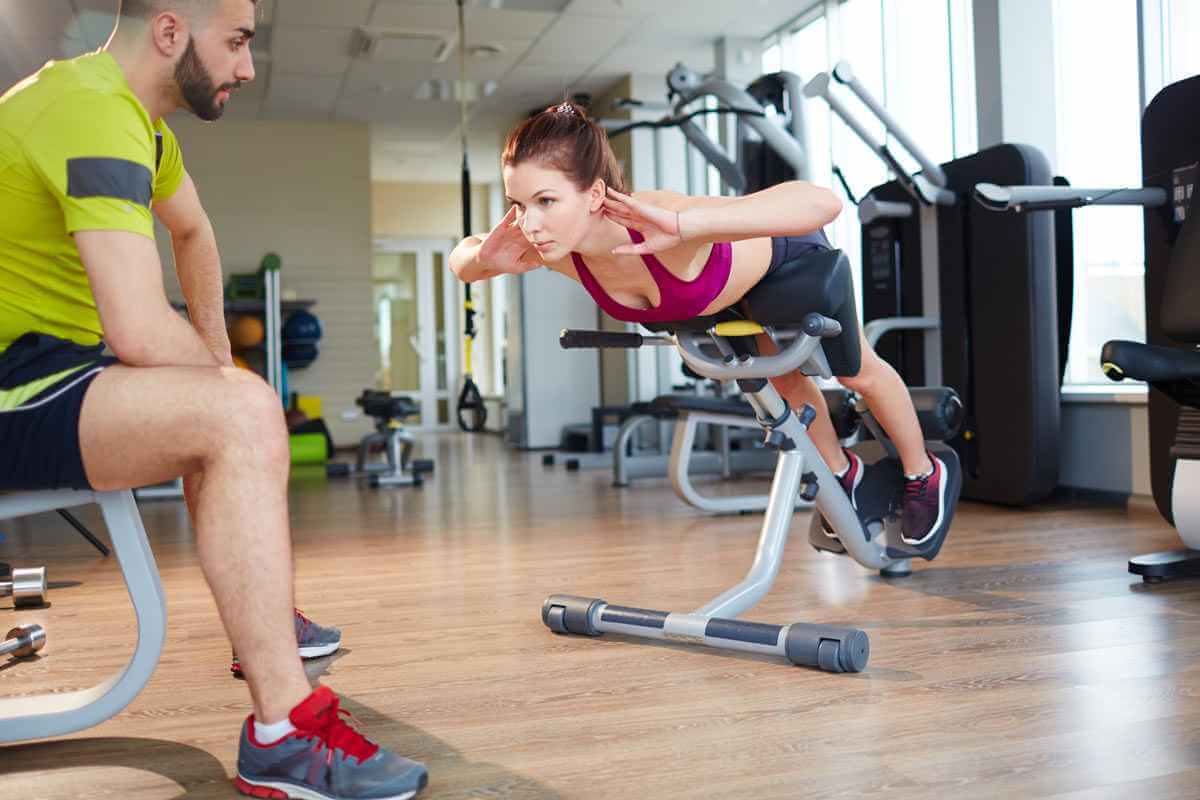
Lie face down on a hyperextension bench, with your thighs flat against the pad and your ankles tucked beneath the footpads. Cross your arms in front you and slowly bend forward at the waist while keeping your back straight. Continue until you feel a gentle stretch down the back of your legs. Then slowly raise your torso back to your original position. Do 10-20 repetitions.
3. Deadlifts
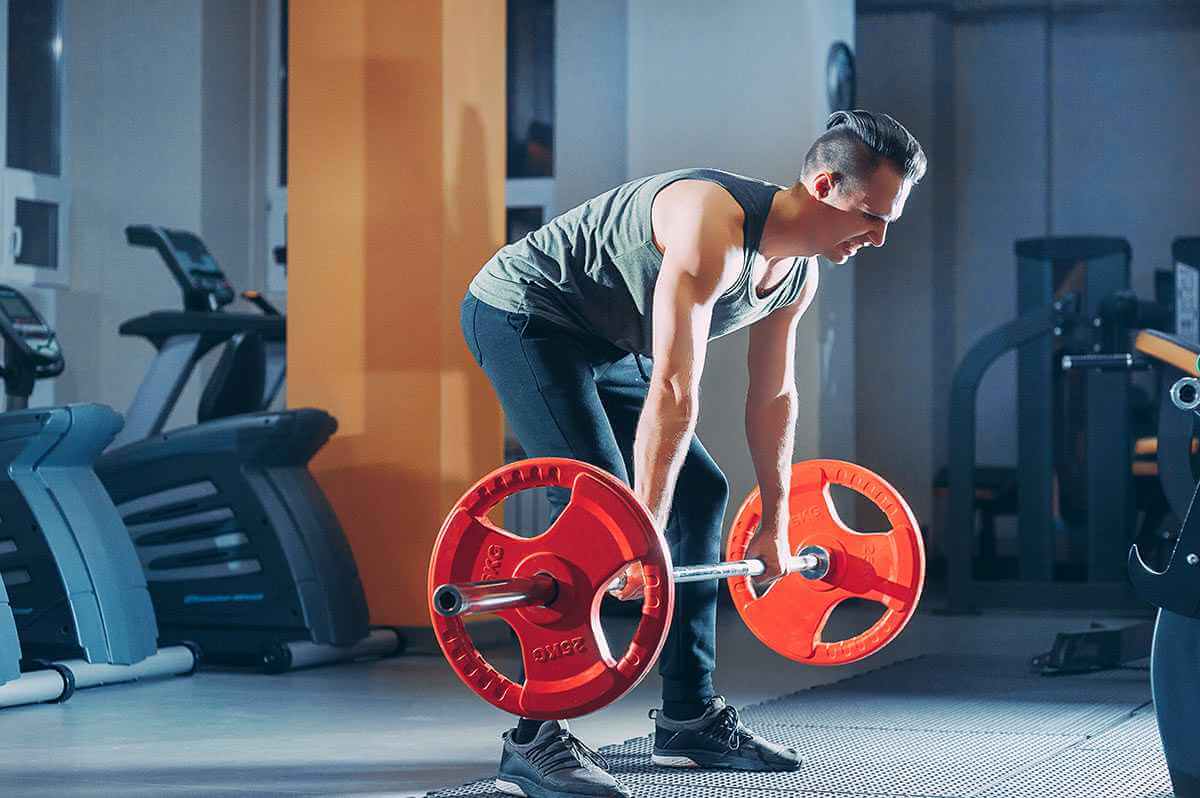
The deadlift is the king of lower back exercises. The key to performing deadlifts is maintaining the correct form, the benefits of which include alleviating lower back pain, and preventing future injuries. Incorrect technique can cause severe lower back pain, so make sure to consult a PT first to get the breakdown on the correct technique to use.
4. Bird dog
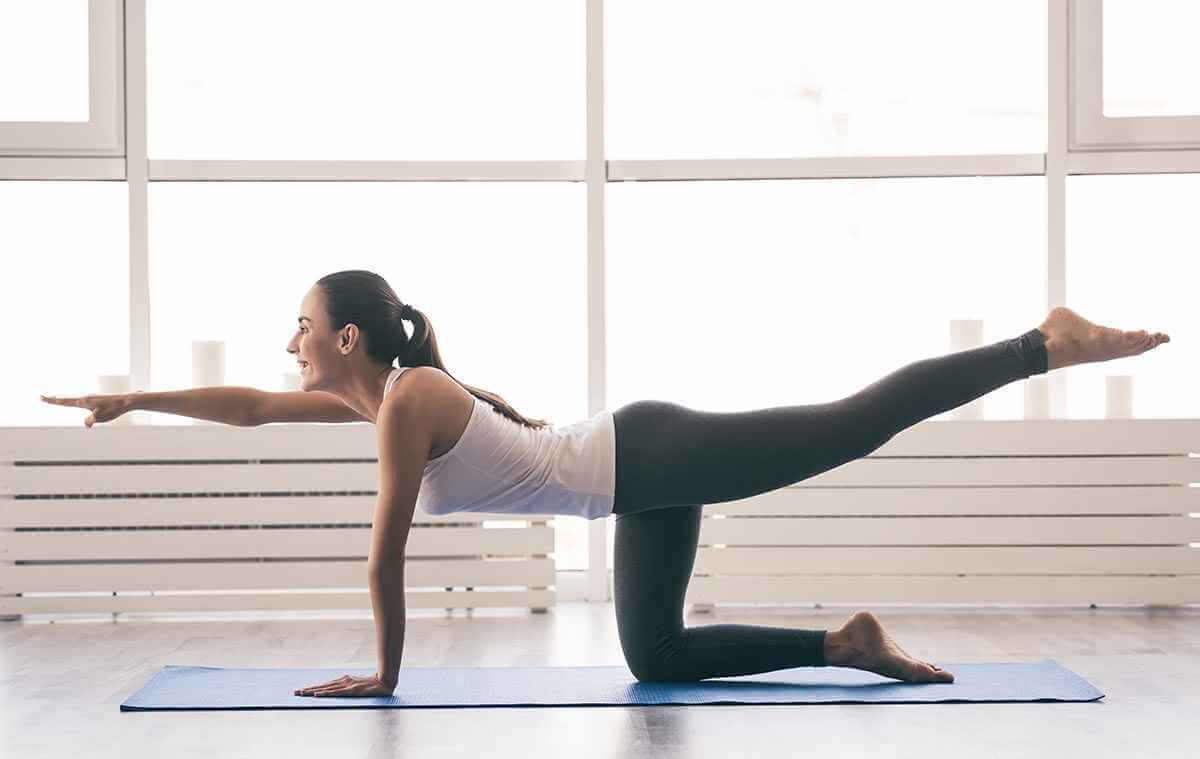
Go down on your hands and knees and tighten your stomach muscles. Lift one leg, extending it behind you, and keep your hips level. Hold this position for 5 seconds, then lower your leg and do 8-12 repetitions. You could also lift and extend your opposite arm for each repetition, as well as increase the time you hold each lift. Then switch to the other leg.
Own your lower back strength!
At Bailey Fitness, we have great equipment and spacious gym floors for you to use. Our personal trainers will support you through every step of the journey to ensure you achieve a strong lower back. Visit us today at one of our three locations in Morley, Southern River or Baldivis to kickoff your fitness journey.

